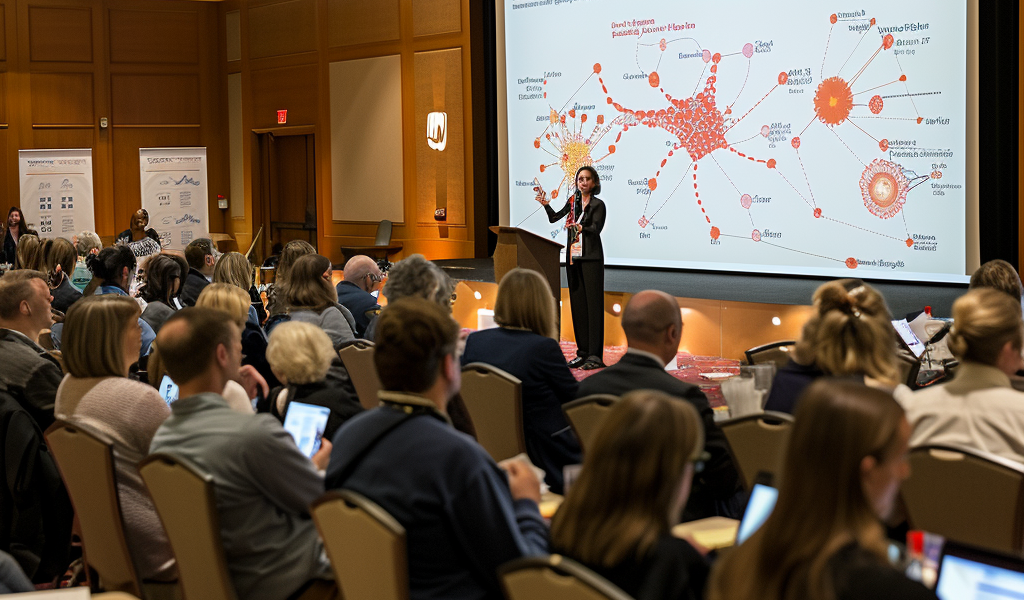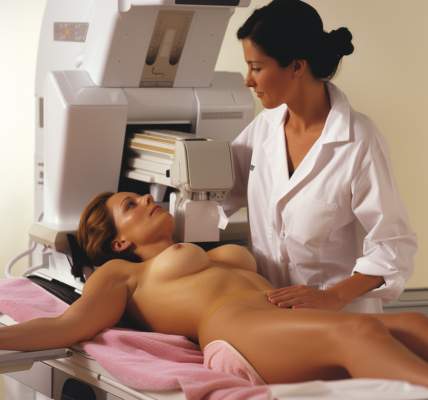At the forefront of neuromuscular research, the recent annual meeting of the American Association of Neuromuscular & Electrodiagnostic Medicine (AANEM) highlighted the evolving landscape of gene therapies for muscular dystrophies. Held from October 15-18, 2024, in Savannah, Georgia, the conference served as a platform for experts to discuss the challenges and advancements in identifying suitable candidates for these innovative treatments.
Dr. Melissa Spencer, a prominent figure in the field and a professor in residence at UCLA Health, led a critical discussion on the importance of selecting the right patients for gene therapies, particularly those utilizing adeno-associated virus (AAV) vectors. As the search for effective treatments for muscular dystrophies continues, the need for standardized assessment methods has become increasingly apparent.
One of the main focuses of Dr. Spencer’s presentation was the issue of pre-existing immunity to AAV. She emphasized the necessity of developing standardized assays that can accurately determine whether a patient has been exposed to wild-type AAV, which may lead to the presence of circulating antibodies. These antibodies can significantly impact the efficacy of gene therapies, making it crucial to identify candidates who are likely to benefit from such treatments.
Duchenne muscular dystrophy (DMD), the most prevalent form of childhood muscular dystrophy, was a central topic during the conference. DMD is an X-linked recessive disorder caused by mutations in the dystrophin gene, leading to severe muscle degeneration and weakness. Traditionally, corticosteroids have been the primary treatment option for managing DMD symptoms. However, recent advancements in gene therapy have sparked interest in gene-based approaches as a potential means to address the underlying genetic causes of the disorder.
Among the innovative strategies discussed were the functional miniaturization of dystrophin, allowing it to fit into recombinant AAV (rAAV), and the development of vascular delivery methods that enhance the distribution of therapeutic genes throughout the body. These approaches aim to improve the effectiveness of gene therapies, potentially offering a more sustainable solution for managing DMD.
The AAV delivery vehicle plays a crucial role in transporting nucleic acids into target cells, making it a key component of gene therapy. The recent discussions at the AANEM meeting underscored the significance of AAV in advancing treatment options for muscular dystrophies, as researchers continue to explore its capabilities and limitations.
As the field of neuromuscular medicine progresses, the identification of optimal candidates for gene therapies remains a pressing challenge. The insights shared at the AANEM meeting shed light on the complexities of this process and the ongoing efforts to refine patient selection criteria. Stakeholders in the medical community are hopeful that with continued research and collaboration, the future of muscular dystrophy treatment will be brighter, offering new hope to affected individuals and their families.
In addition to the discussions on gene therapies, the AANEM meeting featured a variety of sessions focusing on the latest research, clinical practices, and advancements in neuromuscular diagnostics. Attendees had the opportunity to engage with experts, share knowledge, and explore emerging trends in the field.
The commitment to advancing understanding and treatment of neuromuscular disorders remains strong among researchers and healthcare professionals. With ongoing efforts to enhance patient care and develop innovative therapies, the future of muscular dystrophy treatment is poised for significant advancements.





